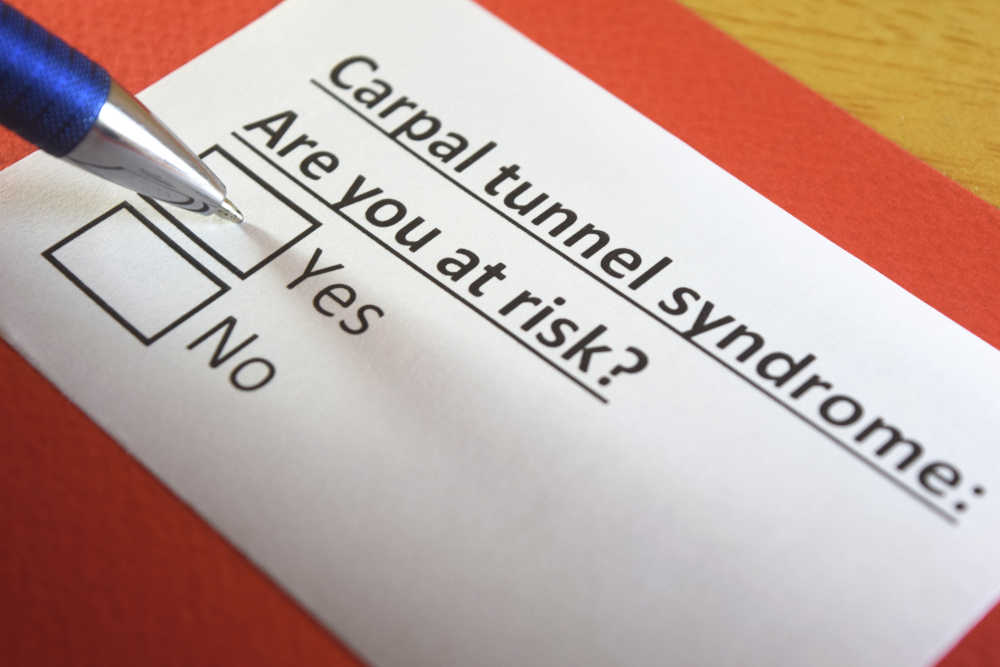A condition which causes pain, numbness, tingling, and weakness in wrist and hand is called carpal tunnel syndrome, a common condition. When the median nerve (the nerve on the wrist), has increased, it commonly triggers carpal tunnel syndrome. The thumb, index and middle fingers’ sensory function is provided by the median nerve. The pinky is usually not affected by this condition.
Carpal tunnel syndrome was first documented in the mid-1800s. However, it was only in the 1930s that the first surgery for carpal tunnel syndrome was done. Orthopedic surgeons have recognized the condition for more than 40 years.
When the space (the carpal tunnel) in the wrist narrows, this cause carpal tunnel syndrome. This puts down pressure on the median nerve this cutting the sensory responses of the fingers and hands. That is why a lot of people used to practice an early carpal tunnel syndrome prevention for safety.


